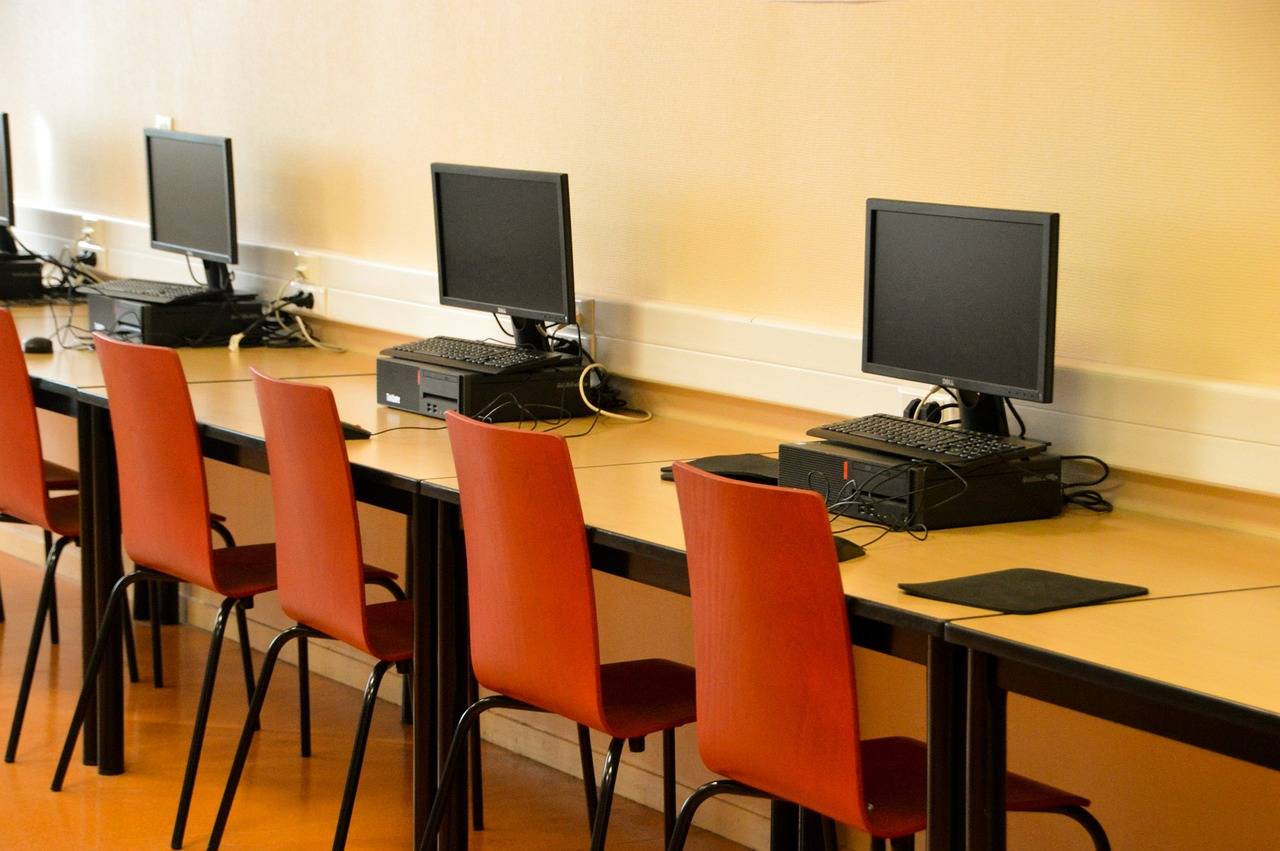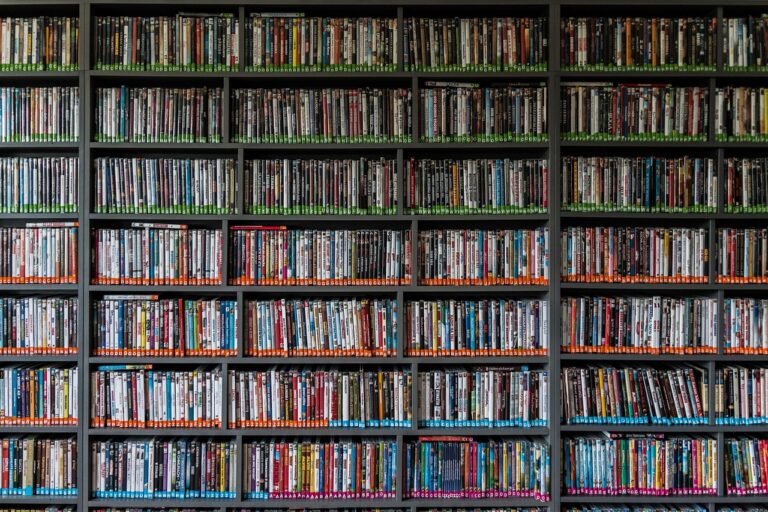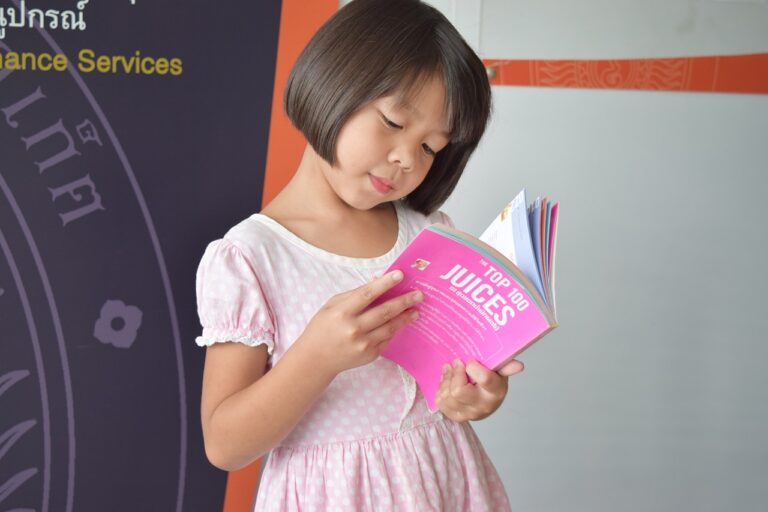Exploring the Role of Learning Styles in Educational Practices
Learning styles refer to the unique ways individuals process and retain information. People may have a preference for visual, auditory, kinesthetic, or reading/writing learning styles. Visual learners grasp concepts better through visual aids such as diagrams, videos, or charts. On the other hand, auditory learners excel through verbal explanations and discussions.
Kinesthetic learners thrive when they are engaged in hands-on activities and benefit from actively participating in tasks. Reading/writing learners, on the other hand, prefer information presented in written form and often excel in traditional classroom settings where reading and writing are heavily emphasized. Understanding these different learning styles is essential for educators to tailor their teaching methods to accommodate the diverse needs of students in the classroom.
The Impact of Learning Styles on Student Performance
When it comes to student performance, understanding learning styles plays a crucial role in facilitating effective education outcomes. Rather than employing a one-size-fits-all approach, acknowledging and accommodating different learning styles among students can significantly enhance their academic results. By tailoring teaching methods to match individual preferences in learning styles, educators can boost engagement and comprehension, ultimately leading to improved performance.
Research suggests that students exhibit varying strengths in visual, auditory, reading/writing, and kinesthetic learning styles. Identifying these preferences can aid teachers in customizing their instructional strategies to cater to the diverse needs of their students. For instance, visual learners may benefit more from diagrams and charts, while kinesthetic learners could excel through hands-on activities. By recognizing and harnessing these differences in learning styles, educators can create a supportive environment that empowers students to reach their full academic potential.
What are the different learning styles?
The main learning styles are visual, auditory, reading/writing, and kinesthetic.
How do different learning styles impact student performance?
Different learning styles impact student performance by affecting how well students are able to absorb and retain information.
Can students have a mix of different learning styles?
Yes, students can have a mix of different learning styles, with one style usually being dominant.
How can teachers cater to different learning styles in the classroom?
Teachers can cater to different learning styles by incorporating a variety of teaching methods such as visual aids, group activities, hands-on experiments, and lectures.
Can understanding learning styles help improve student performance?
Yes, understanding learning styles can help teachers tailor their teaching methods to better suit the needs of each student, leading to improved performance.





